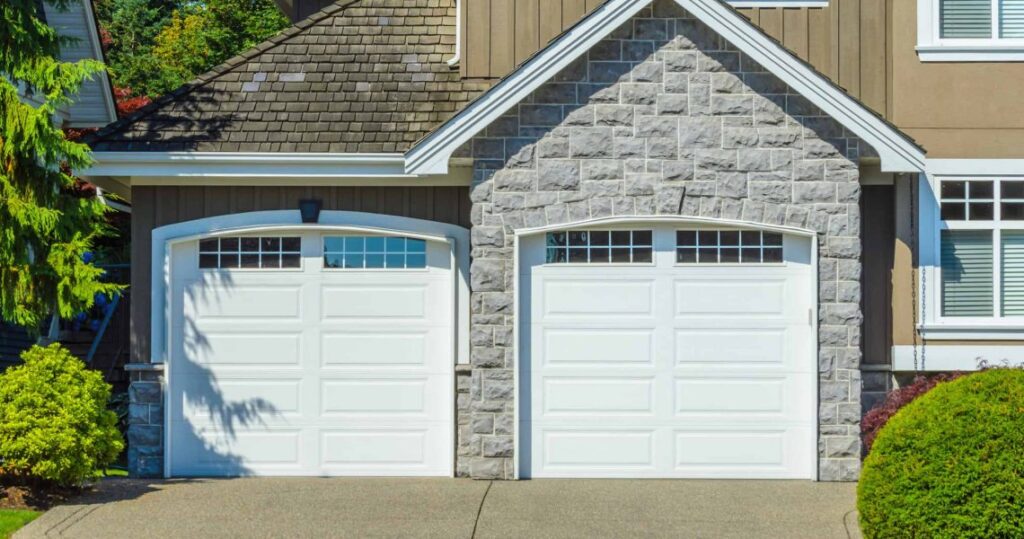In the world of home improvement, finding the perfect garage door goes beyond mere functionality; it’s an opportunity to make a statement, to enhance curb appeal, and to tailor a crucial aspect of your home to reflect your unique style. Martin Garage Doors, a name synonymous with quality and innovation, stands at the forefront of this transformative experience.

With a commitment to custom craftsmanship, Martin Garage Doors takes the concept of a garage door beyond utility, creating a personalized masterpiece that seamlessly integrates with your home’s architecture by following Garage Door Repair.
A Symphony of Craftsmanship and Customization
The journey with Martin Garage Doors begins with an appreciation for the artistry that goes into each door. As I explore the diverse range of styles and materials offered by Martin, it becomes evident that this is not just about garage doors; it’s about elevating the aesthetics of your home.
What sets Martin Garage Doors apart is its unwavering dedication to custom craftsmanship. The doors are not mass-produced; they are meticulously crafted to meet the unique specifications and preferences of each homeowner. This level of customization transforms the garage door from a standard feature to a bespoke element that adds character and charm to your home.
Materials that Define Excellence
One of the pillars of Martin Garage Doors’ commitment to quality is the selection of materials. From the rich warmth of natural wood to the sleek, modern appeal of aluminum and glass combinations, Martin ensures that each material not only meets but exceeds the expectations of discerning homeowners.
For those seeking timeless elegance, the wooden doors from Martin Garage Doors are a testament to the brand’s dedication to authentic craftsmanship. The wood, sourced from sustainable forests, undergoes a meticulous process to enhance its natural beauty and durability. The result is a garage door that not only stands as a functional barrier but also serves as a work of art.
Aluminum and glass combinations, on the other hand, speak to a more contemporary aesthetic. Martin’s innovative designs in this category showcase the brand’s ability to marry modernity with functionality. The use of high-quality aluminum ensures longevity, while the strategic integration of glass allows for an infusion of natural light, turning your garage into a welcoming space.
Tailoring Style to Your Home’s Architecture
One of the defining features of Martin Garage Doors is the brand’s understanding that every home is unique. As I delve into the customization options, it becomes clear that Martin aims to complement and enhance the existing architecture rather than overshadow it.
Whether your home exudes a classic charm, a rustic appeal, or a sleek modernity, Martin Garage Doors offers a style that seamlessly integrates with your property. The array of panel designs, window configurations, and decorative hardware options allows homeowners to play a role in the creative process, ensuring that the final product is not just a door but an extension of their personal style.
Innovation Beyond Expectations
Martin Garage Doors not only honors tradition with its wooden masterpieces but also embraces innovation with cutting-edge designs. The brand’s commitment to staying at the forefront of garage door technology is evident in its use of advanced materials, insulation techniques, and smart technology integration.
Energy efficiency is a key consideration in modern home design, and Martin Garage Doors addresses this with doors designed to minimize heat transfer. The insulation options available cater to different climates, ensuring that your garage remains comfortable year-round. Moreover, Martin’s commitment to sustainability is reflected in its use of eco-friendly materials and energy-efficient practices.
Smart technology integration is another realm where Martin Garage Doors excels. The brand offers a range of smart garage door openers and connectivity options that provide homeowners with convenience, security, and peace of mind. Whether you’re at home or away, the ability to monitor and control your garage door adds an extra layer of functionality to your daily life.
The Personal Touch of Professional Installation
Custom craftsmanship doesn’t end with the creation of the door; it extends to the installation process. Martin Garage Doors collaborates with a network of professional installers who understand the intricacies of each door’s design. This ensures that the final product is not just aesthetically pleasing but also functions seamlessly.
The installation team pays attention to every detail, from aligning panels to securing hardware, ensuring that the door operates smoothly and enhances the overall look of your home. The professionalism and expertise of the installers contribute to the longevity and performance of the garage door.
A Lasting Impression: The Martin Garage Doors Experience
As I reflect on the journey with Martin Garage Doors, it’s evident that the brand offers more than just garage doors; it delivers an experience. The process of selecting, customizing, and installing a Martin door is a collaborative venture between the homeowner and a brand that values craftsmanship, innovation, and personalization.
The lasting impression of Martin Garage Doors extends beyond the initial installation. The durability of the doors ensures that they stand the test of time, maintaining their elegance and functionality through changing seasons and evolving trends. This longevity not only enhances the value of your home but also contributes to a sense of pride in ownership.
Conclusion: Your Door, Your Statement
By following Garage Door Repair, in the realm of garage doors, Martin Garage Doors stands as a beacon of custom craftsmanship, where each door tells a unique story. The brand’s dedication to elevating homes through personalized designs, premium materials, and innovative technology sets it apart in the industry. When you choose a Martin Garage Door, you’re not just selecting a functional element for your home; you’re making a statement about your style, your values, and your commitment to quality. Welcome to a world where craftsmanship meets customization, and your garage door becomes a reflection of you.
Tarrant County Door & Gate
6408 Marlette Court, North Richland Hills, TX
817-456-2958









